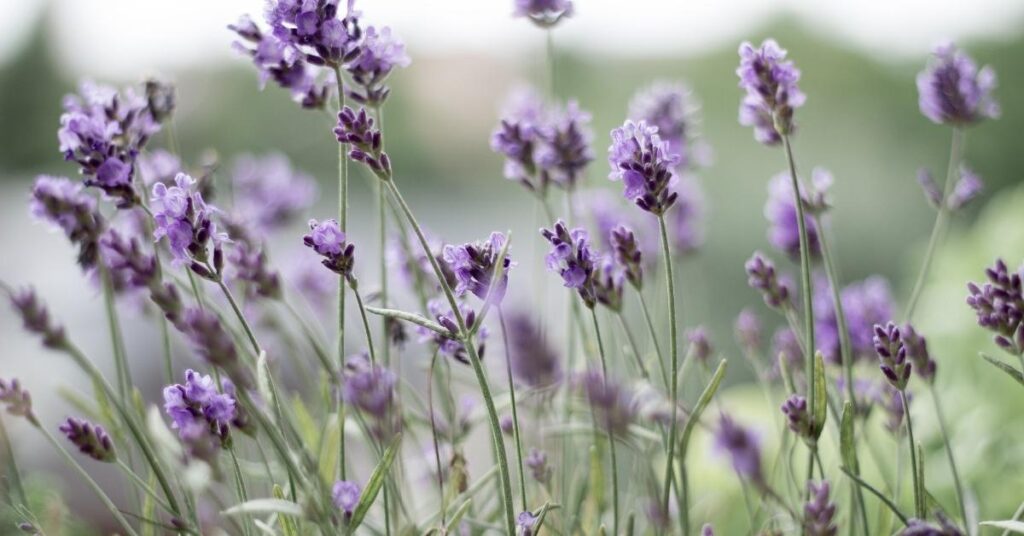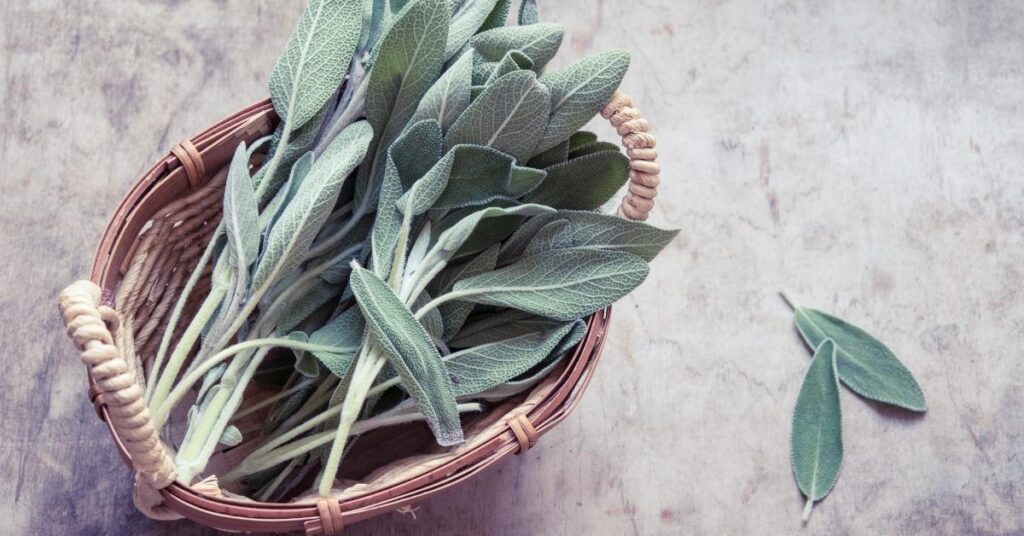One does not require a Big Garden or a large ground to enjoy the perks of planting organic herbs. Herbs are clearly one of the simplest edible plant groups to raise. Growing an organic garden is a great option to appreciate the views, scents, and flavours of a range of herbs. Herbs growing at home is among the most enjoyable and lucrative kinds of gardening. The variety of herbal plants one can produce can be useful for cooking, medical uses and aromatherapy. Let’s have a quick read on some of the most common and in-demand herbs to grow below.
Oregano Herb: The Joy of the Mountain
The Greek meaning of the term oregano is ‘joy of the mountain’. It has a peppery taste and a minty scent. Presently, one can plant oregano in almost any place and it will thrive. It is accustomed to living on dry, rocky terrain. Oregano may well be one of the best herbs to grow indoors if the pot is positioned on a south-facing, fairly sunny window corner.
Oregano is a common plant in all Mediterranean cuisines. Its peculiar bitter and rustic tastes complement garlic, lemon, seafood & tomato sauce naturally. It is also a flavoursome healing agent.

Rosemary Herb: Dew of the Sea
Rosemary plant is an everlasting shrub with pungent-thorny leaves. It can handle moderate shade, but it likes direct sun and bright light. Therefore, it is considered one of the necessary herbs to grow outdoors. Additionally, it also needs adequate draining, and enough airflow to flourish. Utilize granular, well-draining soil and water often. There is no need for concern about under-watering this shrub!
A rosemary simple syrup can enhance a broad variety of speciality drinks. Additionally, it complements meats and poultry meals. Its scented nature is frequently used in bathing routines.

Lemon Basil: Hoary Basil
Lemon basil is a hybrid plant within the mint family. This plant has its origins in ancient Greece when it was an integral element of their traditional healing procedures. Lemon basil is simple to cultivate, however it occasionally builds up slowly. Be patient with it and ensure that its soil is warm and watery.
Everyone appears to enjoy its somewhat spicy and sweet taste. Thai cuisines, including curries and noodle-based meals, make heavy use of lemon basil. Additionally, it is rich in vitamins K and A.

Lemongrass: Fever grass
Lemongrass is a tropical plant with a powerful citrus taste. The lemongrass shrub is indigenous to South and Southeast Asia. It may even be grown in a chilly temperate region if it is brought inside or protected during the winter. In Asian cuisine, the lemon flavour is highly valued in teas, stews, and soups. Additionally, it has several therapeutic qualities. It is thought that having a cup of lemongrass tea before mealtime regulates digestion and boosts metabolism.

Holy Basil Herb: Tulsi
Holy basil is a perennial, upright shrub; its petals and all other plant parts are rich in fragrant essential oils. Holy basil thrives in indoor planters or pots. Place it in a position that gets enough sunlight. Tulsi is a plant-based insecticide, and keeping a Tulsi shrub in the house keeps pests and flies at bay.

Mint: Mentha Herb
Mint is a perennial plant with very aromatic, serrated leaves and a little purple, pink, or white blossoms. It flourishes in light, well-drained soil. The majority will thrive in full sun or slight shade, making it one of the must-have herbs to grow outside. Also, the multicolour varieties may need shelter from direct sunlight. Mint is often useful in aromatherapy to reduce stress and promote attentiveness.

Thyme: Thymus
Thyme is a Mediterranean plant mainly for culinary, medicinal, and decorative purposes. It is an aromatic plant with tiny, aromatic leaves and slender, woody stalks. The edible types are everlasting. Thyme thrives in direct sunlight and enjoys the heat. Plant containerized indoor plants near a sunny spot. It is difficult to cultivate thyme from seedlings due to sluggish and inconsistent germination.

Coriander Herb: Cilantro
Coriander is a popular herb mainly to spice world cuisine. This herb loves warm and dry growing environments. From spring through autumn, cultivate coriander in wet but well-drained soil or manure. It likes soil that is somewhat acidic. People often use coriander in stews, salad dressings, and Indian, Middle Eastern, and Asian foods such as sauces and spice mixes. What are the amazing herbs to grow together with Cilantro? It can grow well with basil, thyme, rosemary etc.

Lavender: Lavandula Herb
Lavender is a thick, strongly perfumed perennial plant with spikes of lavender blooms towering above its grey to green leaves. Plant lavender in a location that receives a minimum of 6 to 8 hours of daily sunshine. Lavender grows in a wide variety of soil types, ranging from low to fairly fertile. Lavender is a cherished element in cuisine. Additionally, you can infuse lavender into simple sweeteners for margaritas or lemonades.

Chamomile Herb: Matricaria Flowers
Chamomile is a blooming plant belonging to the Asteraceae family. It is one of the essential herbs to grow for tea. It flourishes in full light. Provide seedlings with enough sunshine or grow light for many hours every day. Ensure that the sunlight height increases as the plants develop.
To prevent frost, straight sow chamomile seedlings in late spring or early summer. Also, Chamomile has been in use as a digestive relaxant and for the treatment of a variety of gastrointestinal disorders. Young chamomile flowers are also a great complement to culinary delights, providing flavour to salads and serving as a nice, fresh garnish for pastries.

Sage Herb: Salvia
Sage is a resistant perennial with attractive, bluish-green foliage that thrives in both perennial borders and vegetable gardens. You can grow from spring-sown seeds. Also, grow sage in well-draining soil; it cannot survive in soggy soil.
Water sage judiciously. Too much water might result in mildew growth. Wait until the topsoil is absolutely dry before watering deeply. Sage leaves are easy to dry. Keep the leaflets on the stems as you cut little bunches and knot your cuttings together.
Note: Not many people are aware but one of the amazing facts about Sage is that it is a preferable herb to grow in winter.

Conclusion
There are potentially many herbs to grow on the balcony and in your herb garden, but it’s a wonderful idea, to begin with, these basic herbs that the majority of us already know. These kinds are quite adaptable, so you will have no problem finding applications for them. Now you see why cultivating organic herbs at home has a lot of significant rewards.

